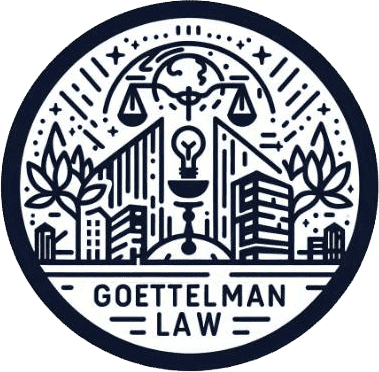The digital landscape is continuously evolving, and one of the most significant developments in recent years has been the rise of non-fungible tokens (NFTs). These unique digital assets have transformed the way we think about ownership and value in the virtual realm. At the heart of this NFT revolution are the marketplaces where these digital items are bought, sold, and traded. This guide will delve into the intricacies of NFT marketplaces, exploring their functions, the variety of assets they handle, and their role in the broader context of the digital economy.
Understanding NFT Marketplaces
An NFT marketplace is a digital platform where non-fungible tokens are traded. These tokens represent ownership of a unique item or asset, which can range from digital art and collectibles to virtual real estate and beyond. Unlike fungible tokens, such as cryptocurrencies, each NFT has a distinct value and cannot be exchanged on a one-to-one basis with another NFT.
The primary function of an NFT marketplace is to facilitate the buying, selling, and trading of these tokens. Users can browse a wide array of digital assets, purchase items to add to their collections, or sell their own NFTs to other enthusiasts. Many marketplaces also offer additional features, such as the ability to create (or “mint”) new NFTs, participate in auctions, and explore virtual galleries.
The Leading NFT Marketplaces
Several NFT marketplaces have risen to prominence, each offering unique features and specializing in different types of digital assets:
1. OpenSea: Often regarded as the largest and most versatile NFT marketplace, OpenSea provides a vast selection of NFTs, including art, music, domain names, and virtual world
items. It supports multiple blockchain platforms, such as Ethereum and Polygon, and offers user-friendly tools for both experienced traders and newcomers to the NFT space.
2. Rarible: Rarible stands out for its community-driven approach. The platform has its own governance token, RARI, which allows users to participate in decision-making processes. Rarible also focuses on art and collectibles and has partnered with Adobe to ensure the authenticity and protection of digital content.
3. SuperRare: As the name suggests, SuperRare focuses on high-end, single-edition digital artworks. It’s a curated platform that emphasizes quality over quantity, attracting serious collectors and artists looking for a more exclusive NFT experience.
4. Foundation: This marketplace is known for its creative community and live auction format. Foundation has become a hub for digital artists and creators who want to monetize their work and connect with buyers in a dynamic setting.
5. Nifty Gateway: Owned by the popular cryptocurrency exchange Gemini, Nifty Gateway hosts “drops” of NFTs by well-known artists and brands. It’s become a go-to platform for exclusive releases and limited edition digital art.
The Role of NFT Marketplaces in the Digital Economy
NFT marketplaces are more than just venues for trading digital assets; they are pivotal components of the burgeoning Web3 economy. By leveraging blockchain technology, these platforms provide a secure and transparent environment for transactions, ensuring the authenticity and provenance of digital items. This has opened up new avenues for artists, musicians, and creators to monetize their work directly, without intermediaries.
Moreover, NFT marketplaces are at the forefront of exploring new economic models. For instance, some platforms implement “creator royalties,” allowing artists to receive a
percentage of sales whenever their work is resold. This creates a sustainable revenue stream for creators and incentivizes the production of high-quality digital content.
Challenges and Considerations
Despite their potential, NFT marketplaces face several challenges. The volatility of the cryptocurrency market, regulatory uncertainty, and environmental concerns related to blockchain energy consumption are issues that these platforms must address. Additionally, the user experience can be complex for those unfamiliar with blockchain technology, highlighting the need for more accessible and intuitive interfaces.
Conclusion
NFT marketplaces are reshaping the digital economy, providing a foundation for the ownership and exchange of virtual goods. As the technology matures and the market stabilizes, these platforms will likely become integral to the digital experiences of creators and consumers alike. For anyone interested in joining the NFT movement, understanding the nuances of these marketplaces is an essential first step.
